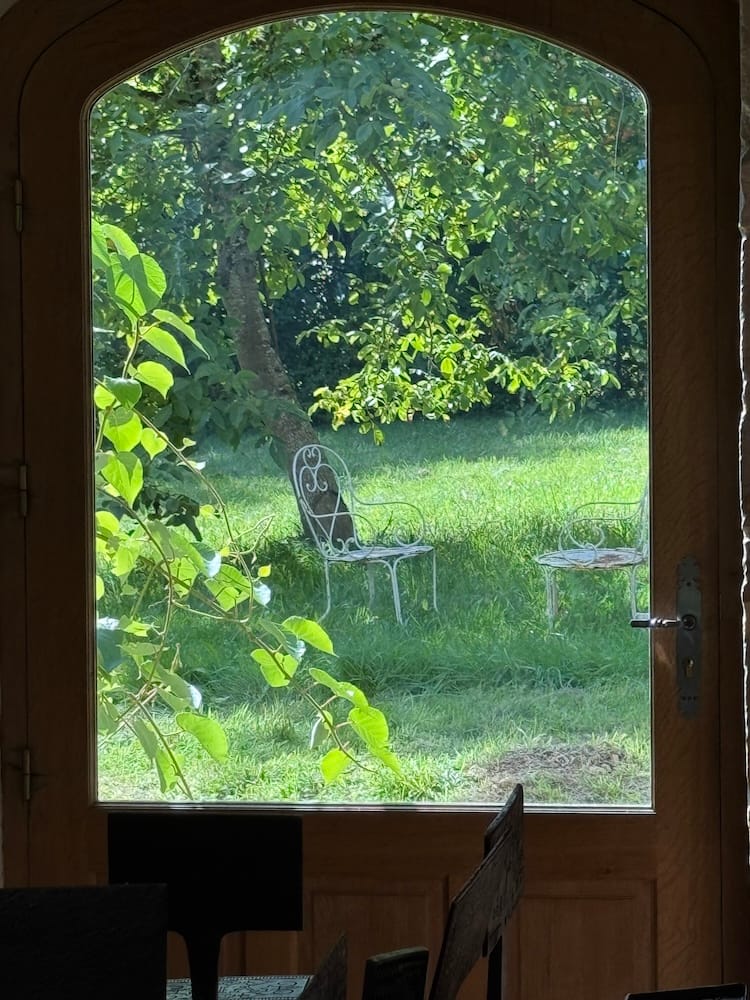What Brings Us Together
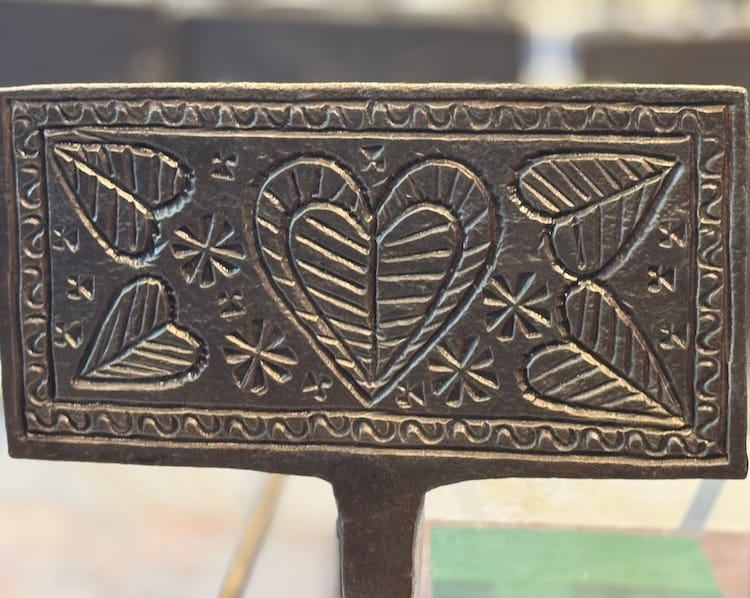
Friday, 3 October
Who’d have thought that a waffle-maker could brighten your day. Granted I'm not talking about the modern electric machines with fancy settings and Teflon coated plates. I’m talking about simple iron ones from long ago. And the man who collects them.
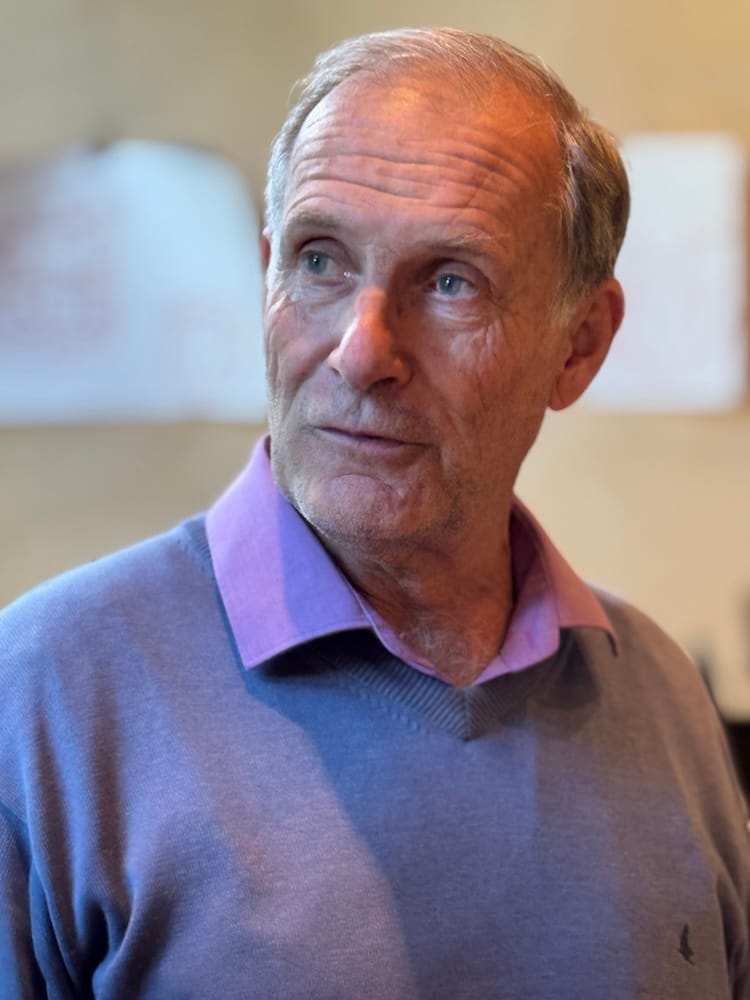
Our friend Alban has been nosing out gaufriers made in the Perche between the 16th and 20th centuries for 25 years. A couple of weeks ago David and I went to see the fruits of his labour and to listen to his talk on their history, evolution and wider significance.
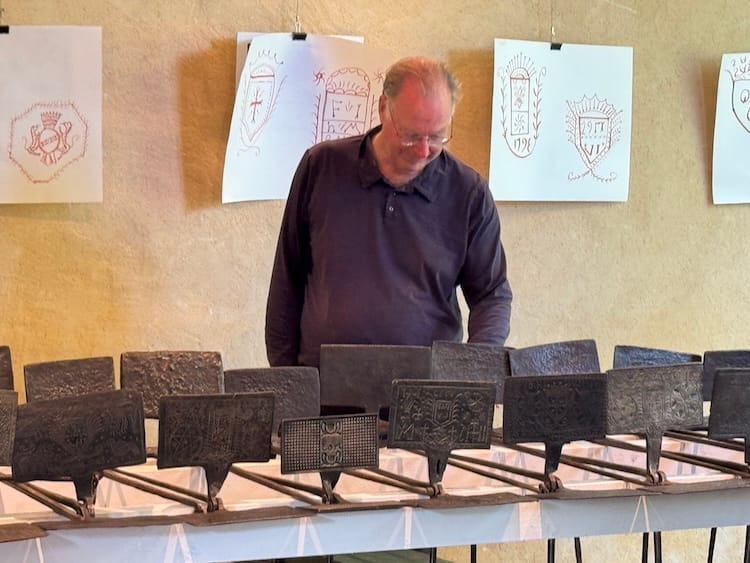
Waffles began, as so much in Europe has, with the church. The precursor to gaufres, Alban told us, were thin wafers called oublies (from the Greek version called obelius rather than from the French word oublier, to forget). Modelled on the Communion wafer, they were sold outside the church by the Guild of Oubliers (vendors approved by the King) post-Mass to peckish worshippers. Stopping for a bite after the service was also a way of prolonging the spirit of communion, a chance to love thy neighbour beyond the pews.
But after a while, Alban said, people wanted something heartier, something you could roll up, add other food to and make a meal of. The gaufre and the gaufrier, rectangular iron palettes on long scissor handles that could be stuck in the fire, were born.
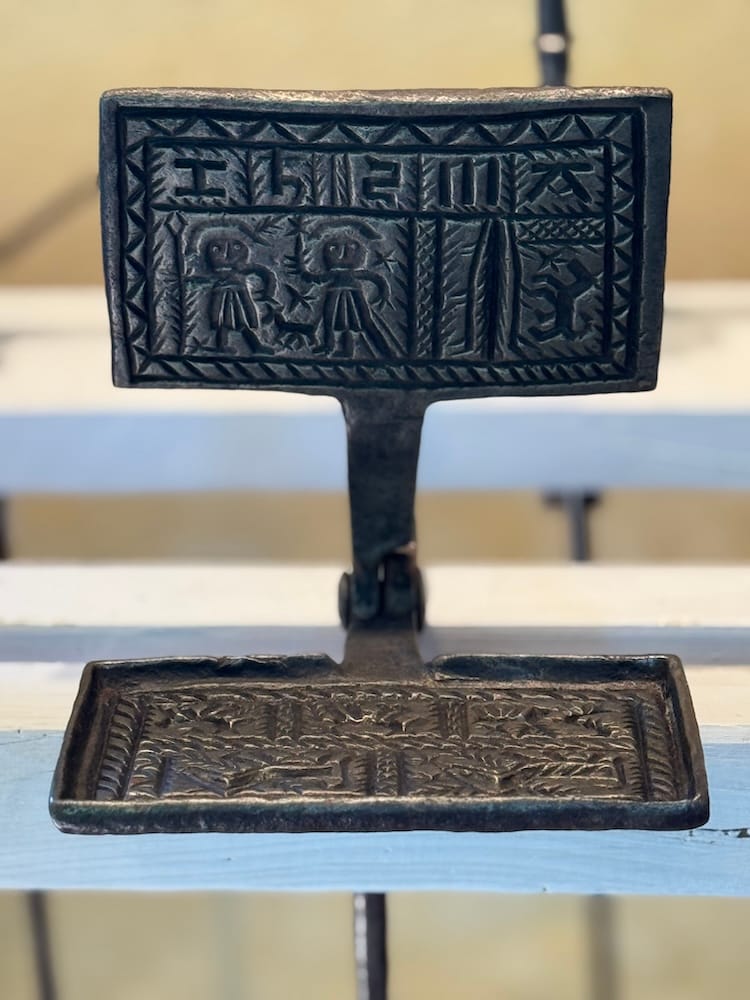
The practice spread, expanded from offering post-liturgical refreshment to being a centrepiece at momentous events. Each gaufrier was unique; images were chiselled into the red-hot iron by a local blacksmith to celebrate a marriage, a new job...
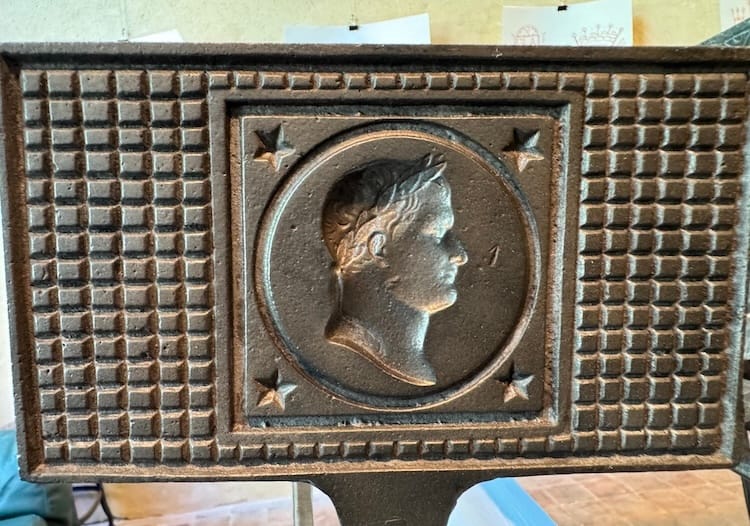
Regardless of their target audience, they told a story - about the family, the community or the nation. All are beautiful objects in their own right.
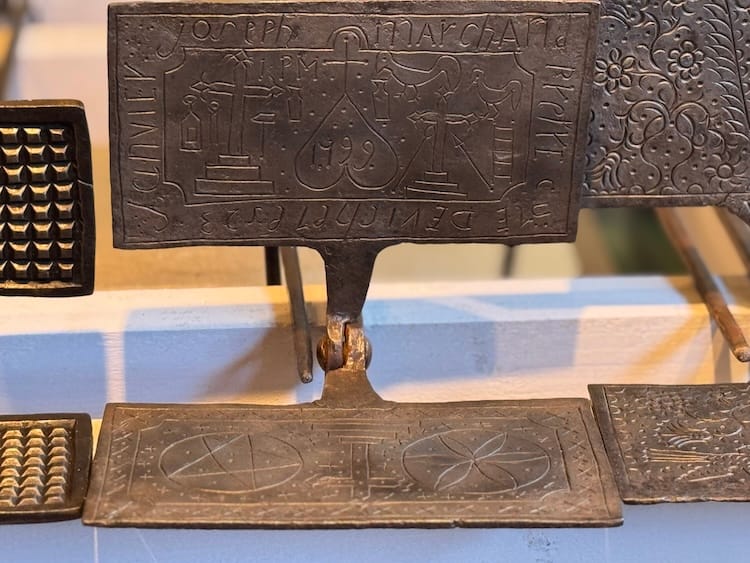
Of course gaufriers developed not just in the Perche but in many regions of France and Flanders (think Belgian waffles), places where there was lots of grass to feed the cows that could provide the milk for the batter.
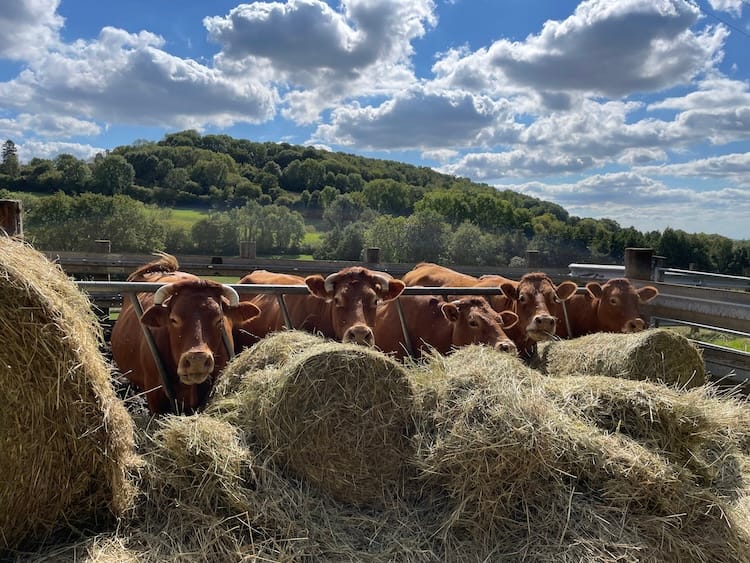
The word is taken from gaufrer, the process of using heat to print figures on cloth or leather. According to the Oxford Dictionary, goffer or gauffer is also a word in English meaning to either "crimp the lace edges of a garment with a heated implement" or "emboss the gilt edges of a book with a repeating design." The English "waffle" comes from the Dutch wafel. And "waffling", as in wittering or dithering, comes from a different source altogether: a late 17th century dialect word for yap or yelp, waff.
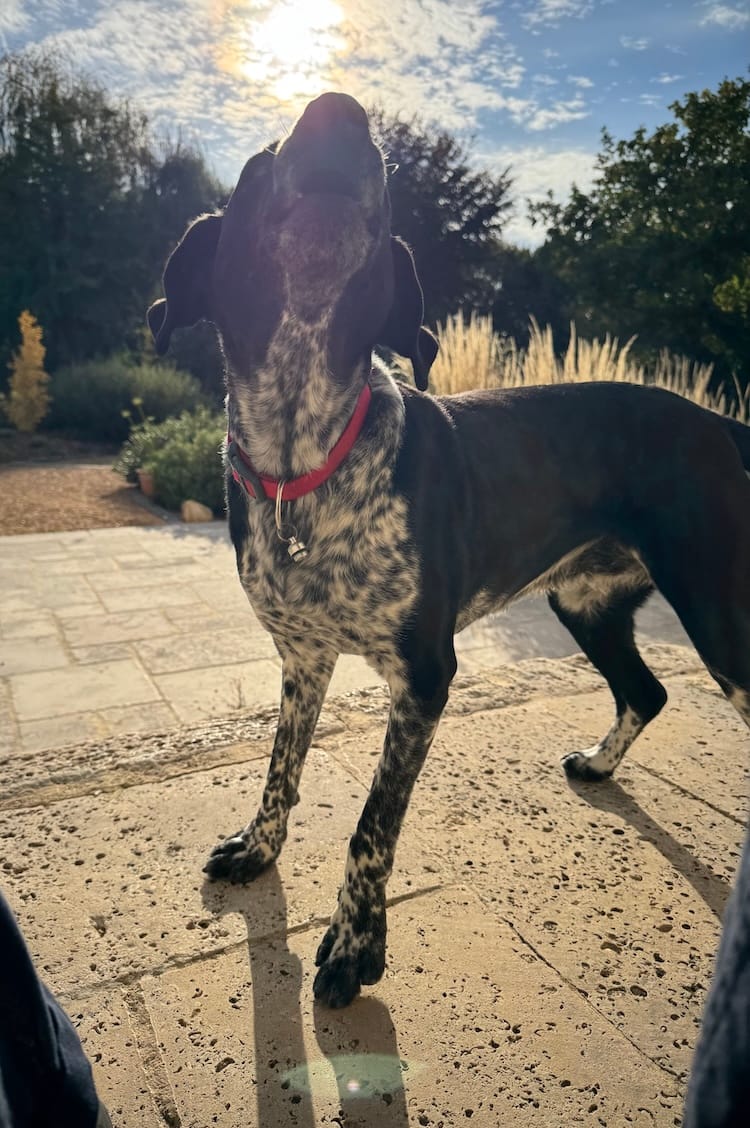
One word leads to another, a wafer paves the way for a waffle-wrap that later inspires the ice cream cone. An agricultural landscape influences the food that locals eat and the gastronomic utensils they develop to consume it. Language is made up of words borrowed from other tongues. People bring new customs from one place to another. French queens, as Alban pointed out, were always chosen from other kingdoms, and with them, came new fashions that would trickle down from the royal court to the larger population.
Which was his larger point. It’s all about connections, the things that stitch our history and our beings together. For him food is a key connector and explains why he also collects hearth hooks (crémaillères) and chimney plaques - objects that revolve around the fireplace, the heart of the house, where food used to be cooked and consumed. For Alban what counts above all is "le moment de partage" (sharing) and community.
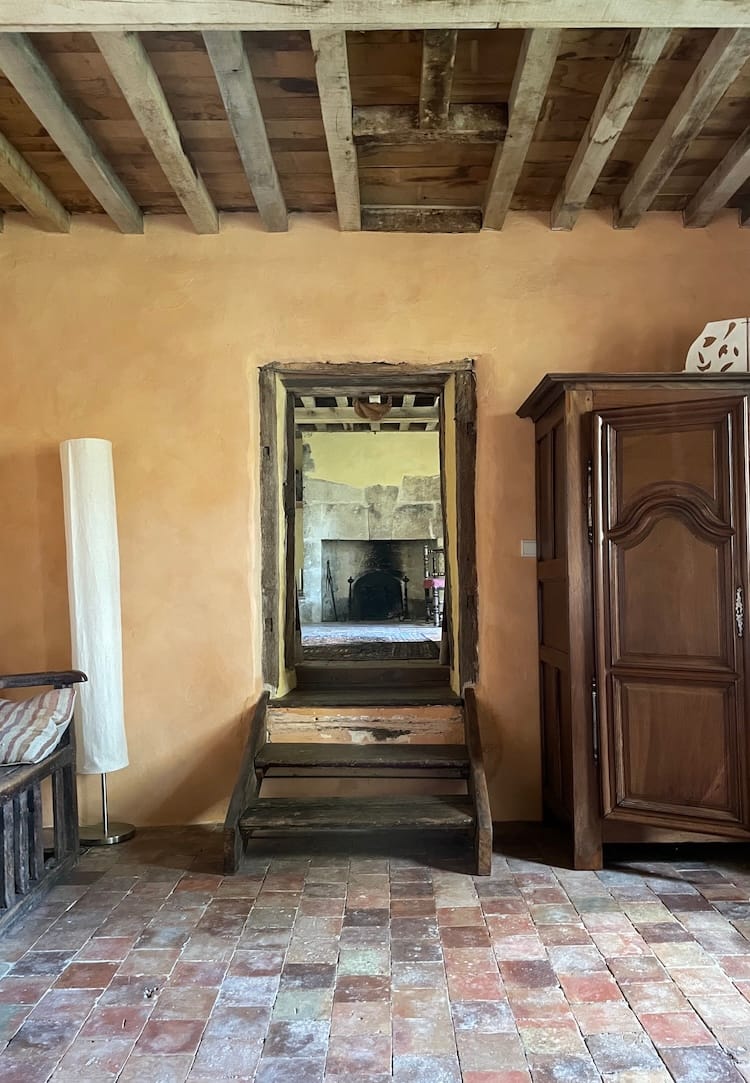
We met Alban through Amanda, whom we met through my first husband Charles - just the kind of chain reaction that feeds Alban's passions. He and his artist wife Laurence visited the Perche in the late 1990s for a weekend getaway and, much to their own surprise, returned to Paris soon-to-be owners of the very dilapidated 16th century Manoir de Lormarin. When they moved into the huge house in winter 1998, their new home had no heat, a clay floor kitchen and leaky roofs. They spent many an hour hearthside, so it's not surprising he became interested in the implements that had helped keep them warm.
Over the years, they breathed new life into the place, restored the manoir to its former majesty, largely with their own hands...
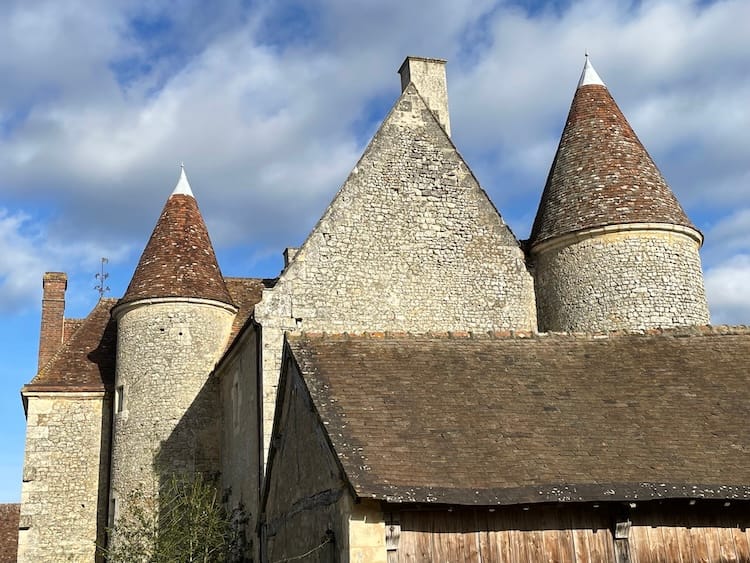
...They didn't forget to include a space where the public could be welcomed and our shared history could be showcased.
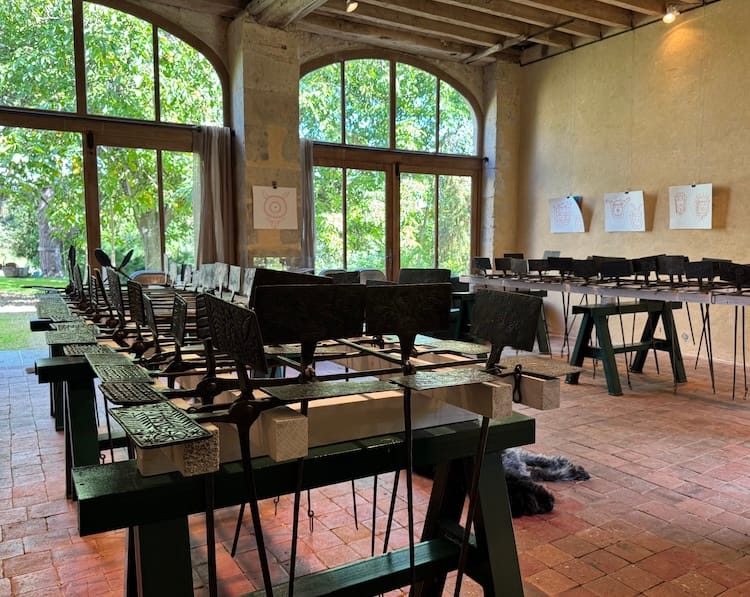
Alban and his waffle-makers are salutary reminders that a lot brings us together. What an uplifting message in our splintered times.
